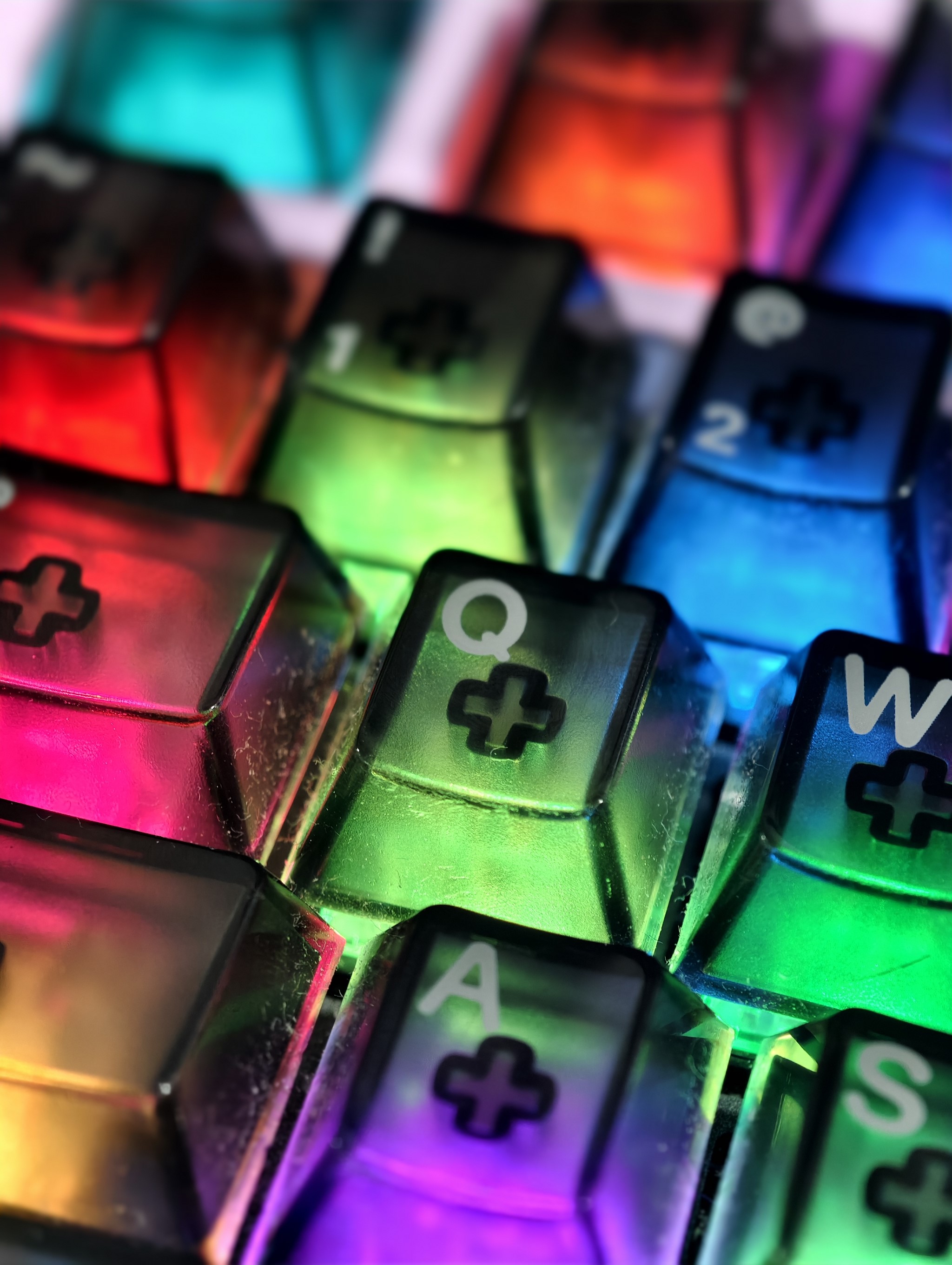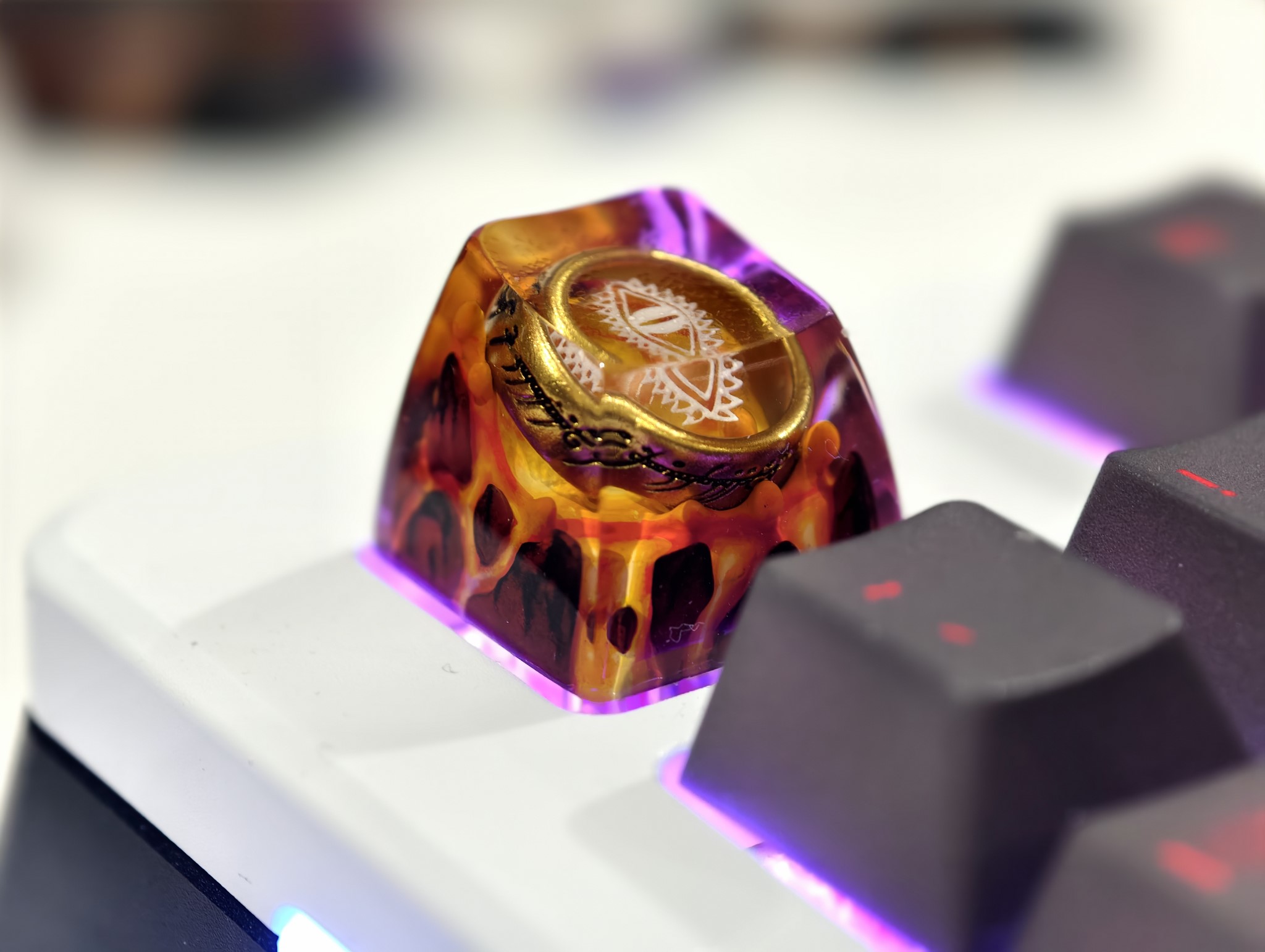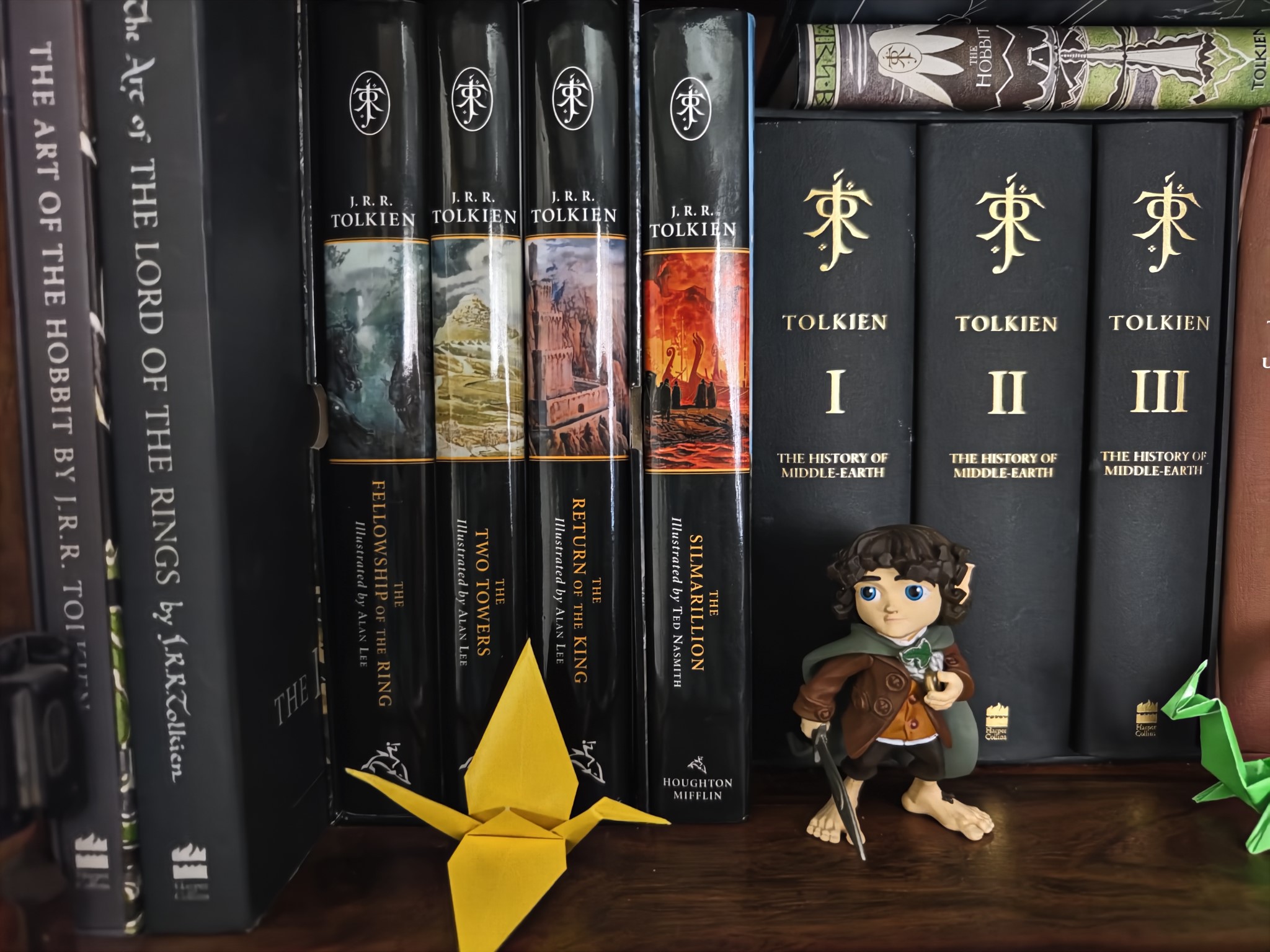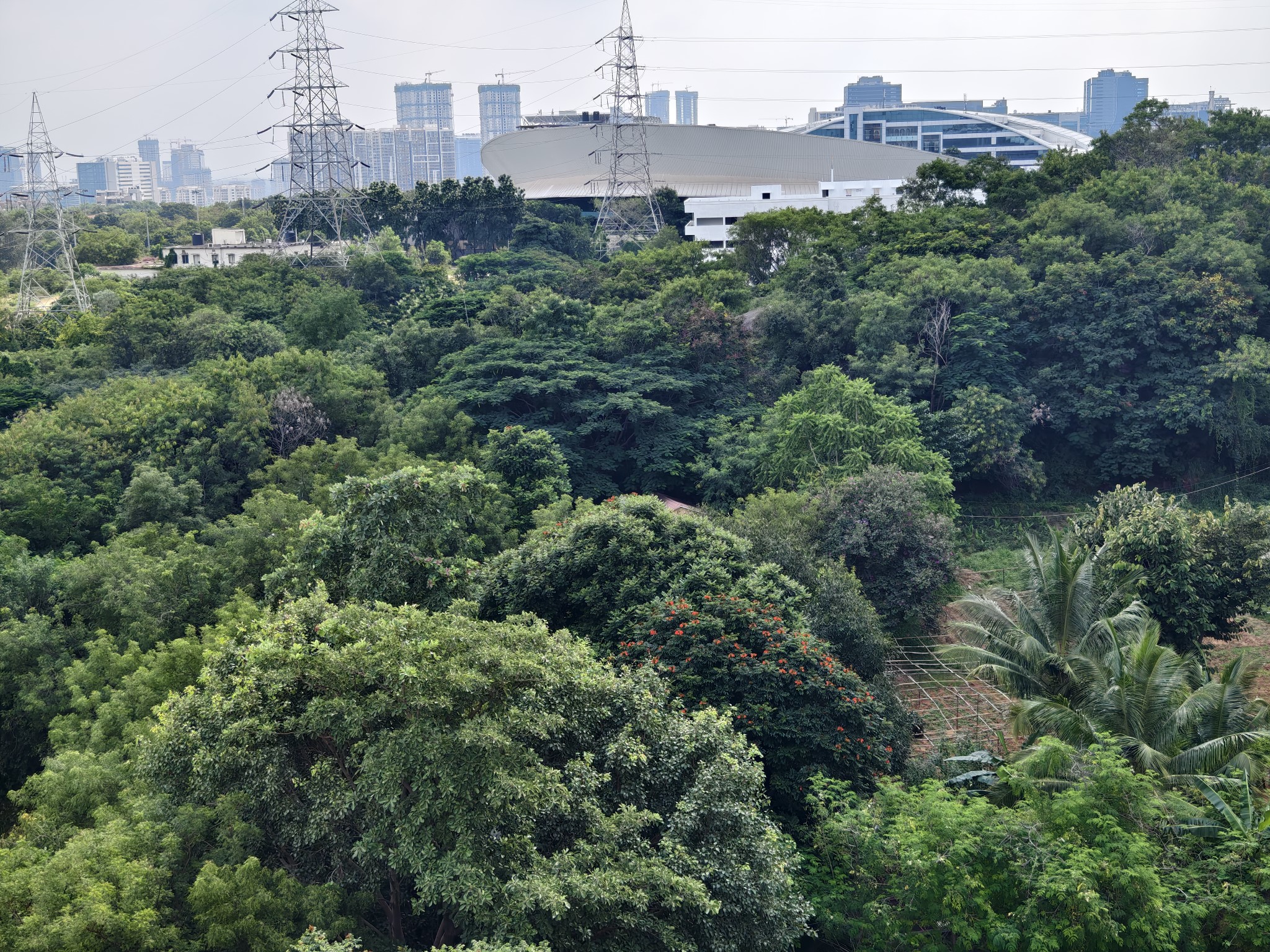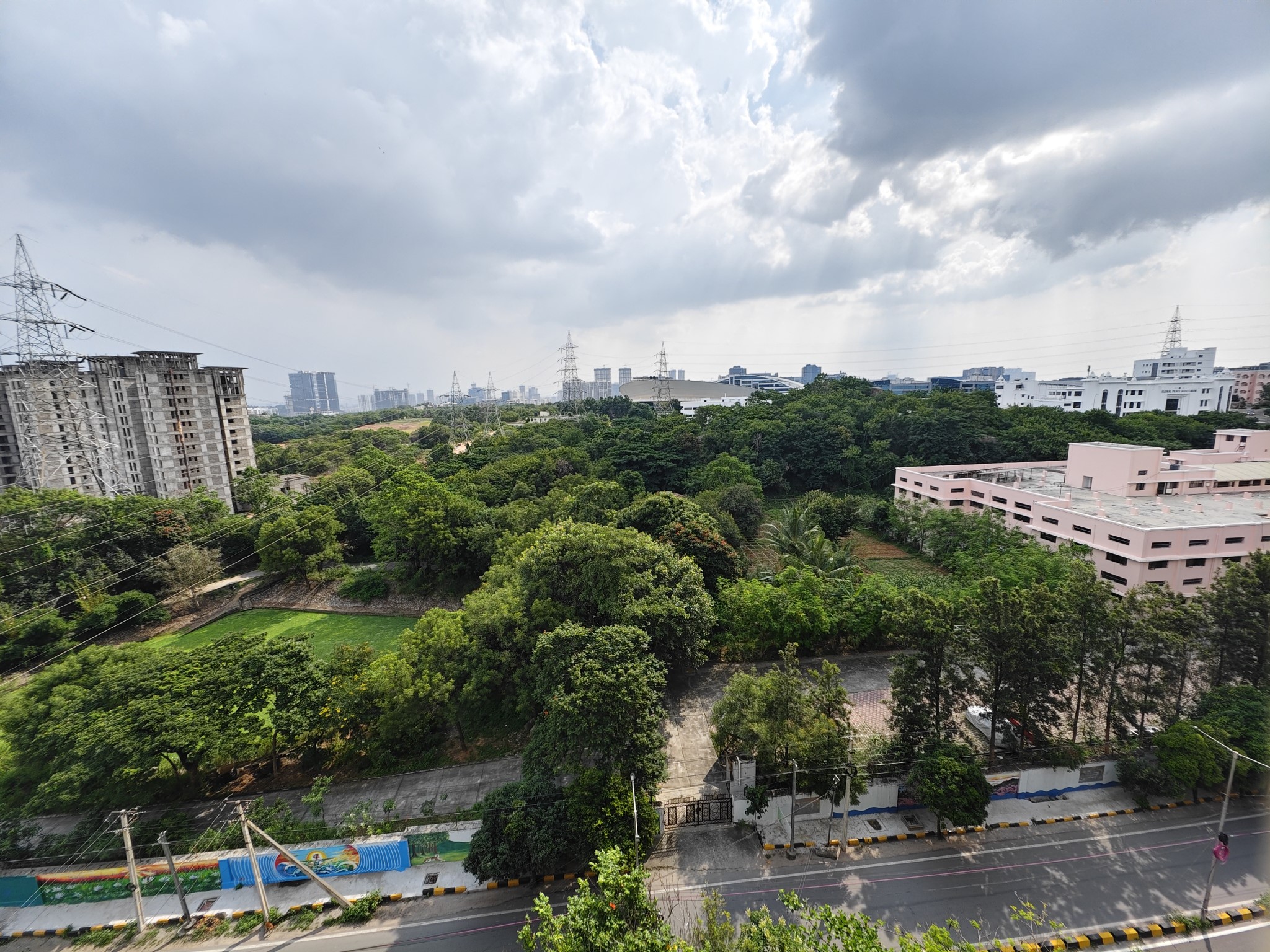While Vivo always delivered phones with great cameras, 2024 has been a breakout year for the brand, with its devices consistently delivering outstanding photos and videos. The X100 Pro set the groundwork at the start of the year, featuring upgraded cameras and a bigger battery. Vivo followed that up with the mid-range V30 and V30 Pro, and then came the marquee launch of the year with the introduction of the X Fold3 Pro.
Along the way, Vivo also released the X100 Ultra, but unlike the rest of the models, it didn’t make its way outside China. While Xiaomi and OPPO do this on a standard basis, Vivo has been consistent with bringing its entire portfolio to global markets, and I was particularly keen on the X100 Ultra, as it was positioned as Vivo’s ultimate camera phone of 2024.
The Find X7 Ultra and Xiaomi 14 Ultra have been really great this year, and I’m glad to say that the X100 Ultra follows in a similar fashion. If anything, Vivo’s Chinese-exclusive Origin OS software is better than what we usually get on the brand’s global models, and while it wasn’t the most straightforward to use out of the box, it became easier once I had the Play Store installed.
Vivo isn’t waiting around either; it launched the V40 and V40 Pro to take on the likes of the Xiaomi 14T Pro, and the X200 series has made its debut in China and should be available globally sometime early next week. But the X100 Ultra continues to be my go-to choice, and if I can only pick one device as the best overall in 2024, then it would be this one — so it’s a shame, really, that you can’t actually buy it.
Vivo X100 Ultra: Pricing and availability
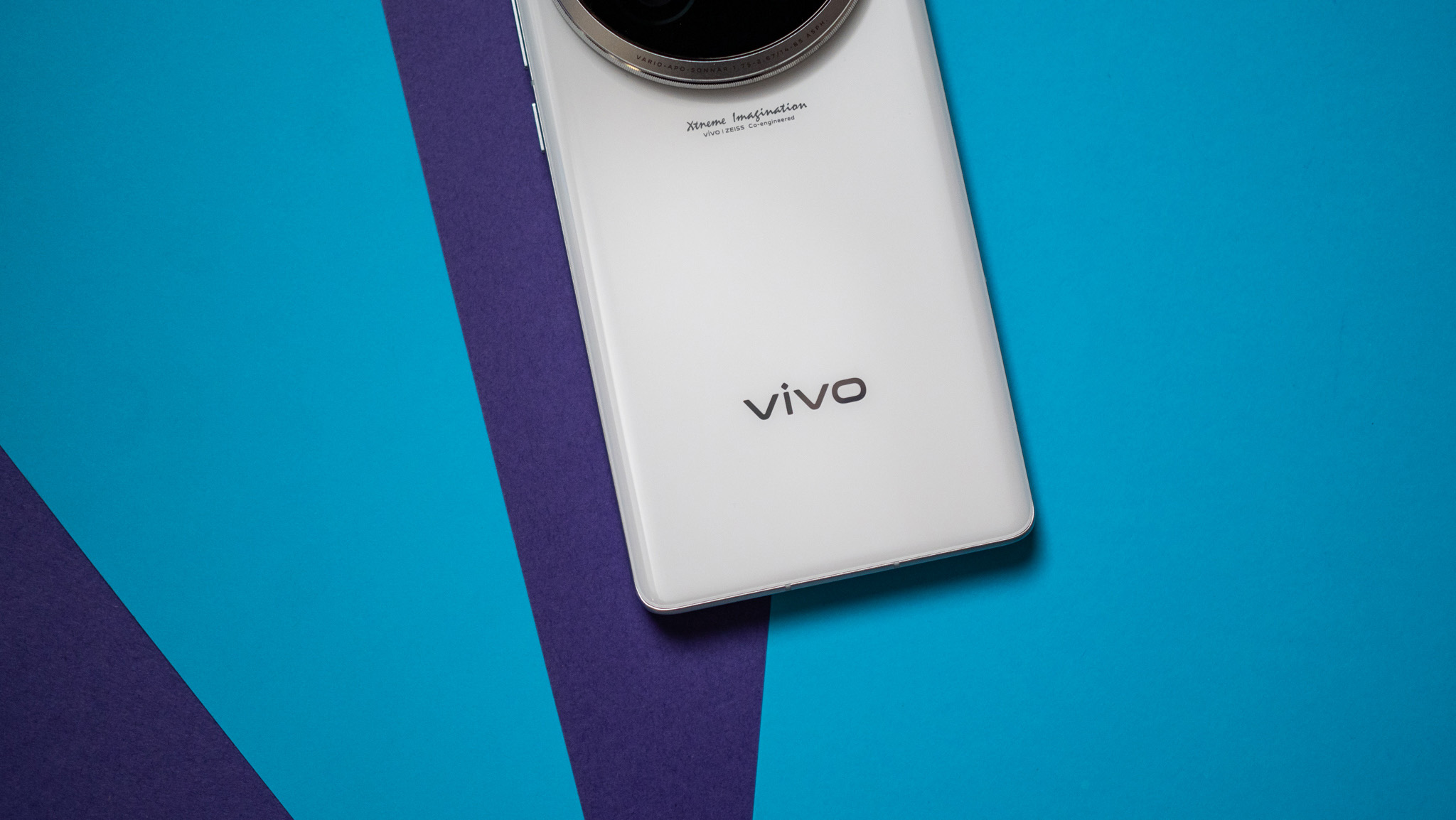
Vivo unveiled the X100 Ultra at an event in China on May 13, and the phone went on sale in the country starting May 28. The device costs 7,099 RMB ($996) for the version with 16GB of RAM and 512GB of storage, and it is also available in 12GB/256GB editions and a 16GB/1TB model, which is what I’m using.
Vivo X100 Ultra: Design
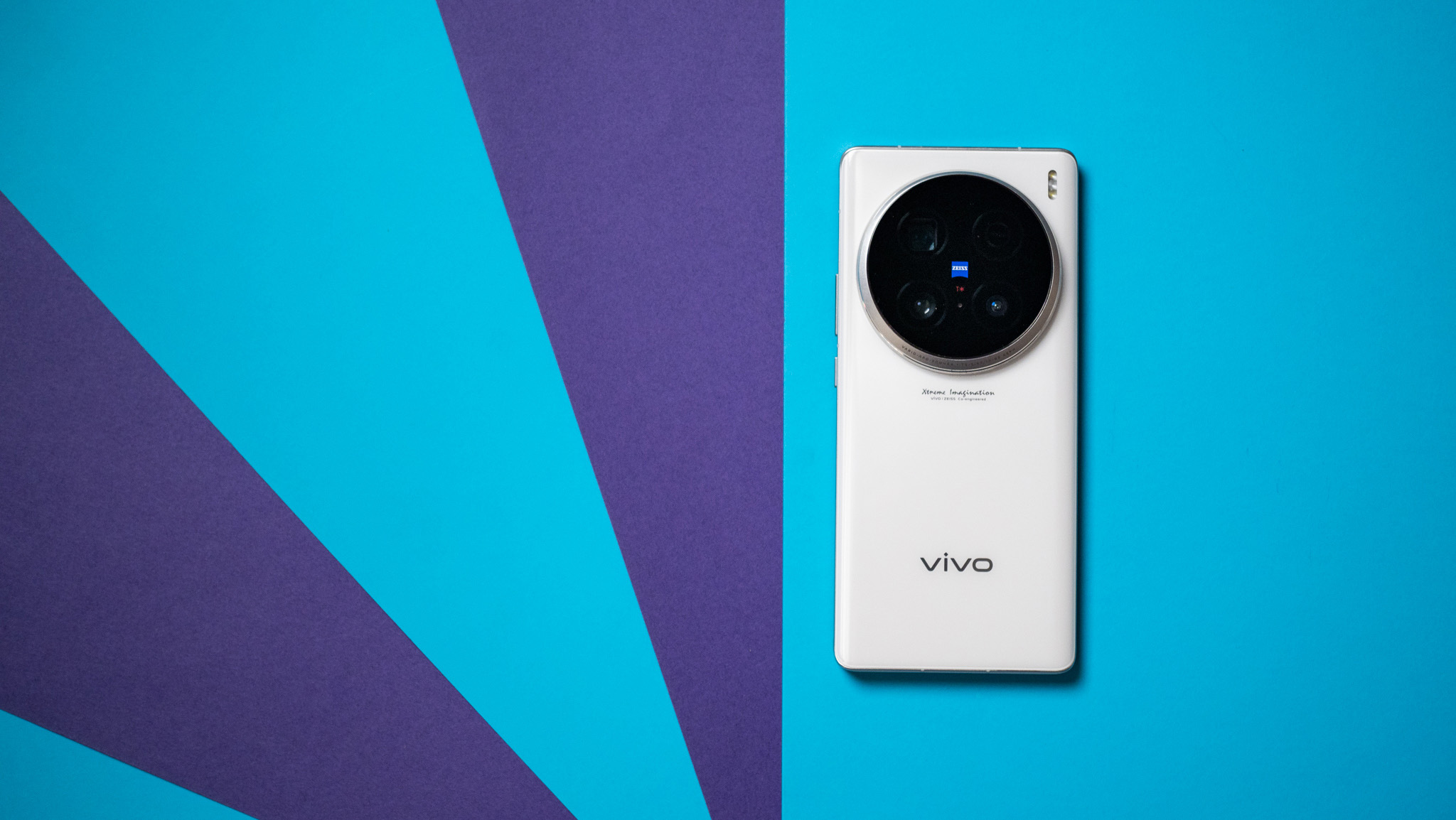
Vivo has a distinct design language, and while the X100 Ultra shares similarities to the X100 Pro, it does a few things differently. The camera design at the back is much more distinctive; the X100 Ultra has an even larger island, and the groove that encircles it has greater definition, making it stand out.
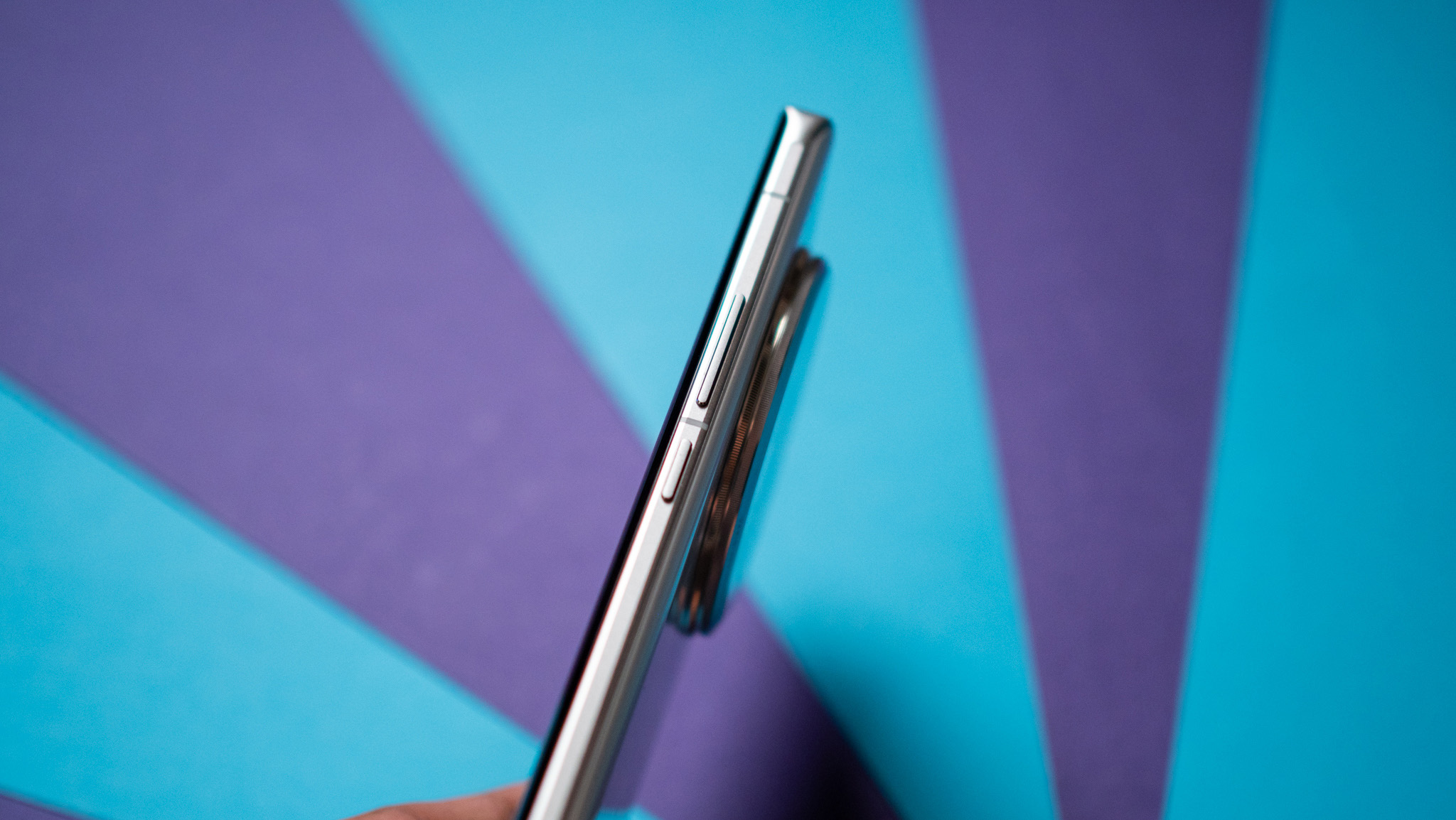
I’m using the white color variant, and it looks elegant in its own right — even though it doesn’t have the Find X7 Ultra’s flamboyant leather designs. The silver-accented camera island along with the black around the individual modules create enough contrast to distinguish the design, and while it is one of the biggest camera modules on a phone today, there are no issues with usability.
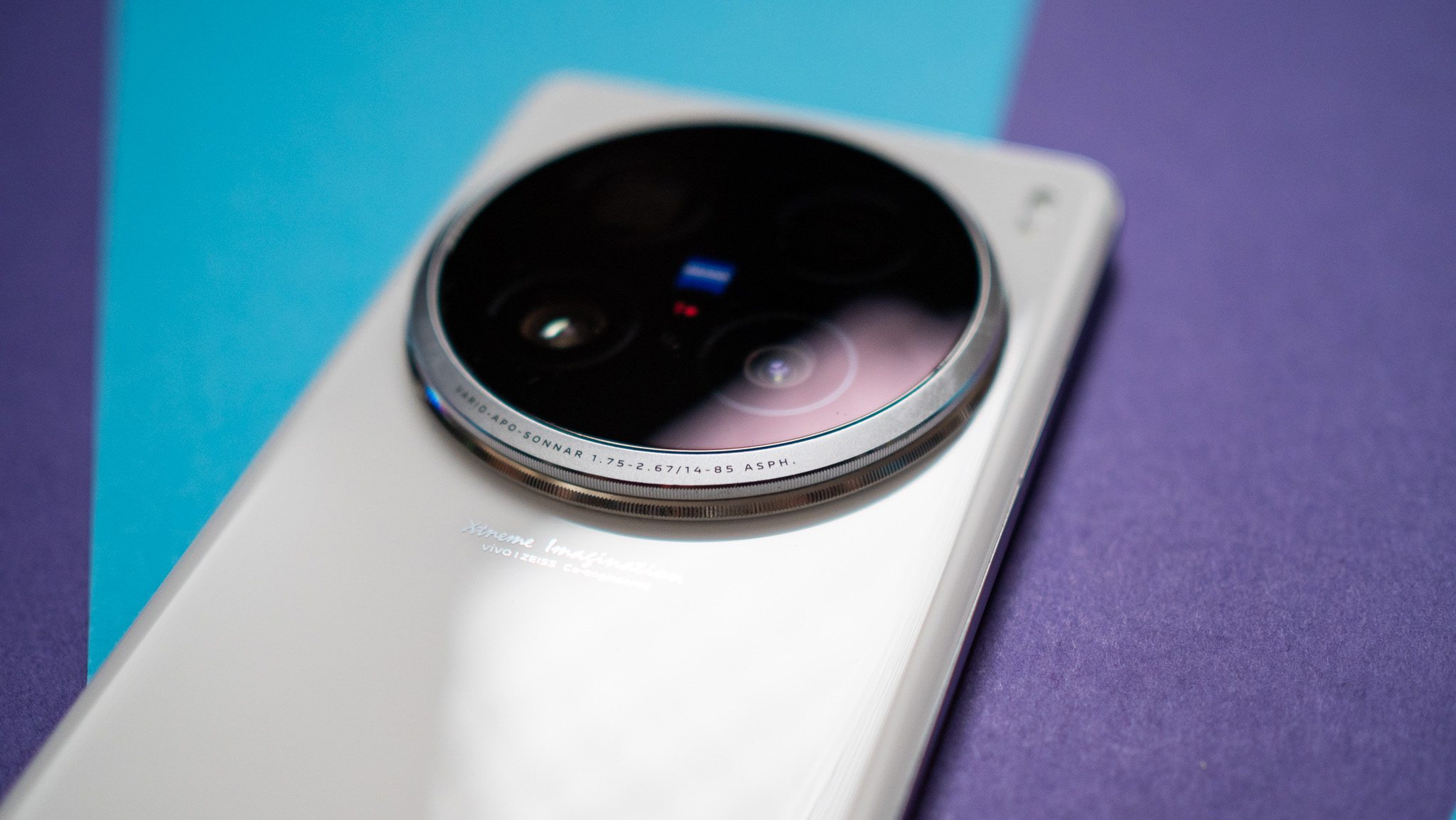
As the island extends to cover most of the width at the back, it essentially props up the device at a subtle angle when it’s on a tablet, so you don’t get any wobble. The X100 Ultra is also a little thicker around the sides than the X100 Pro, and this makes a sizeable difference in usability. Vivo thankfully isn’t getting on the trend of boxy sides, and the X100 Ultra has smooth curves and rounded edges, and the matte aluminum mid-fame feels great to hold and use.
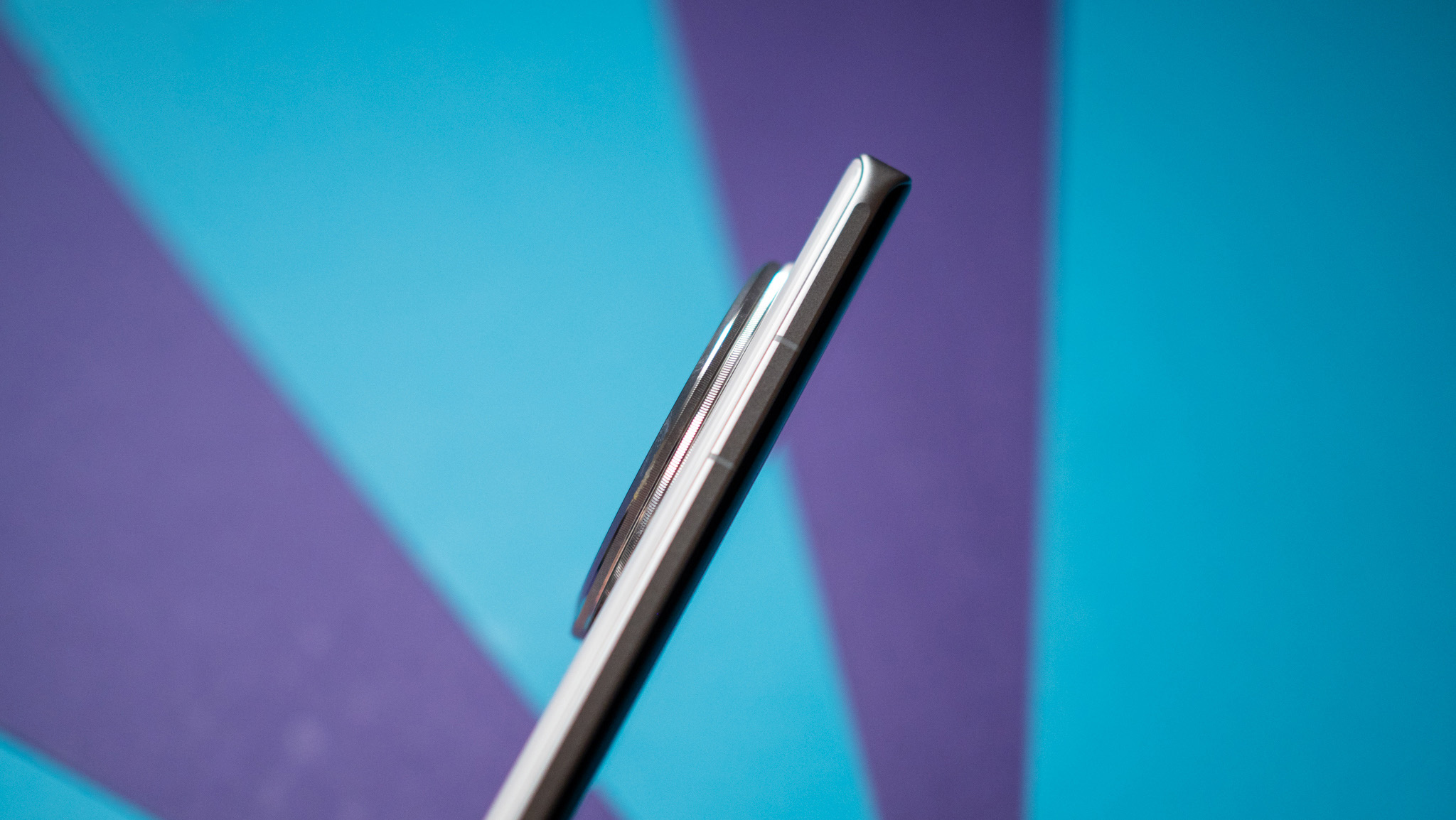
The glass back is protected by Vivo’s custom solution (instead of Gorilla Glass), and while the X100 Ultra has a satin texture at the back, the white color option does a good job hiding smudges, and while it is one of the heaviest phones around at 229g, you don’t notice the heft — it has excellent weight distribution.
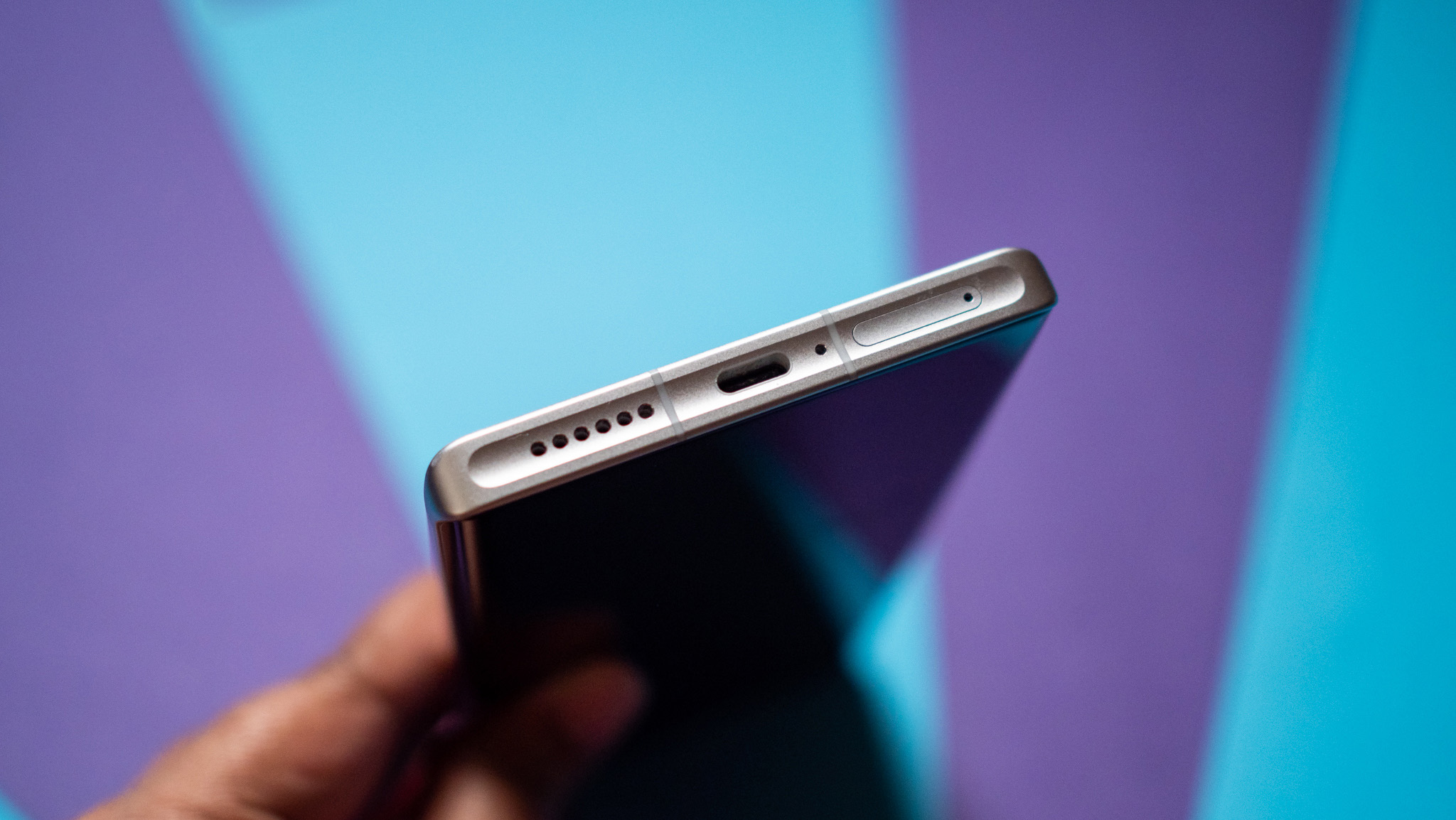
Cumulatively, the X100 Ultra has gotten over four months of use, all without a case. After a dozen tumbles — some from nearly six feet — the device is still pristine, and that should serve as a testament to Vivo’s build quality. While the brand bundles a silicone case in the box, I didn’t feel the need to use it, and given the long-term durability, I don’t think you need one with this phone — I can’t say the same of the Pixel 9 Pro XL or iPhone 16 Pro Max.
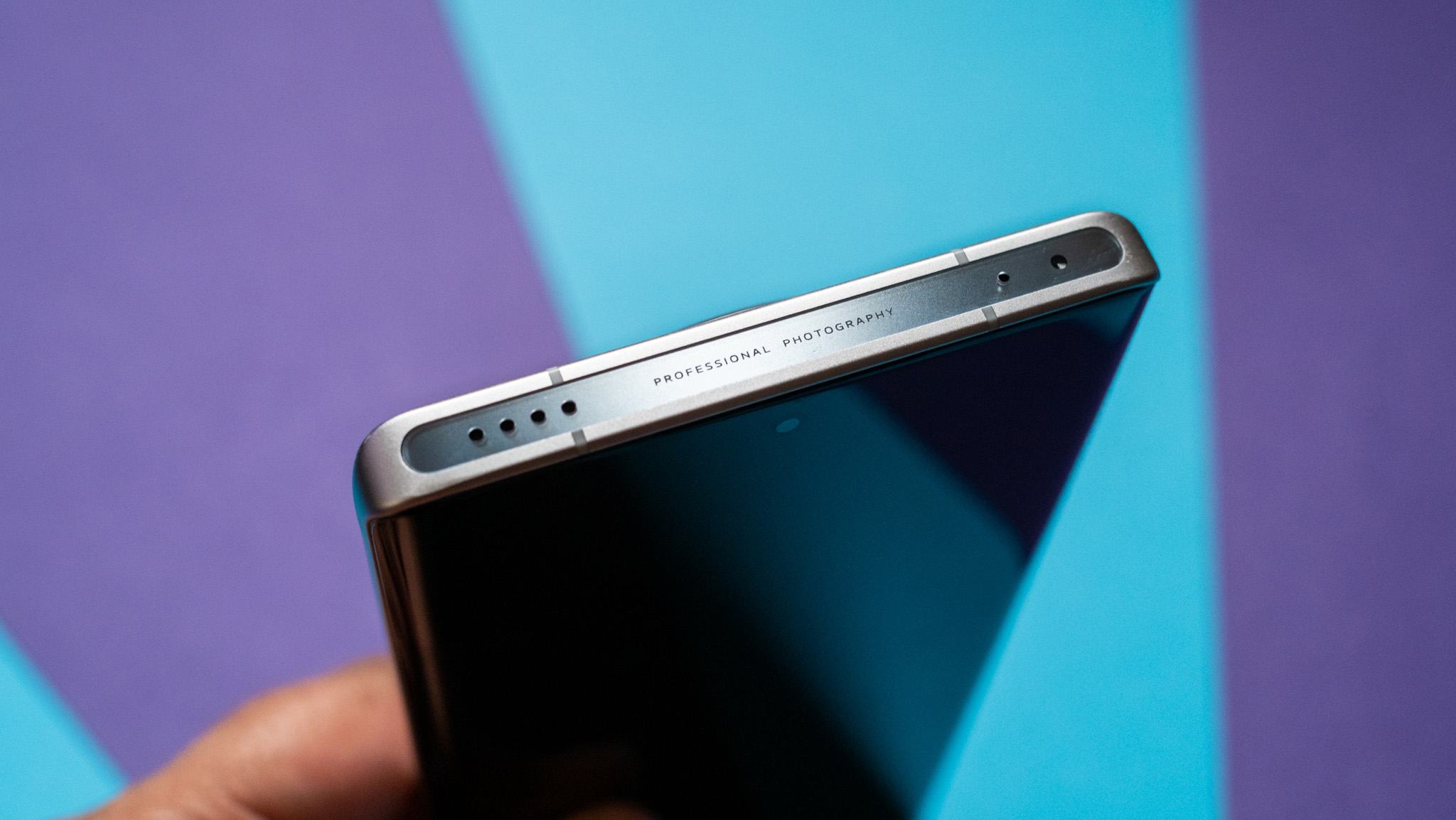
The X100 Ultra has IP68 ingress protection, and the device has no issues in this area. While the Xiaomi 14 and 14 Ultra have issues with condensation getting into the camera island, I didn’t notice those problems on any other brands. Overall, the X100 Ultra has one of the best designs of 2024, and it has proven durability.
Vivo X100 Ultra: Display
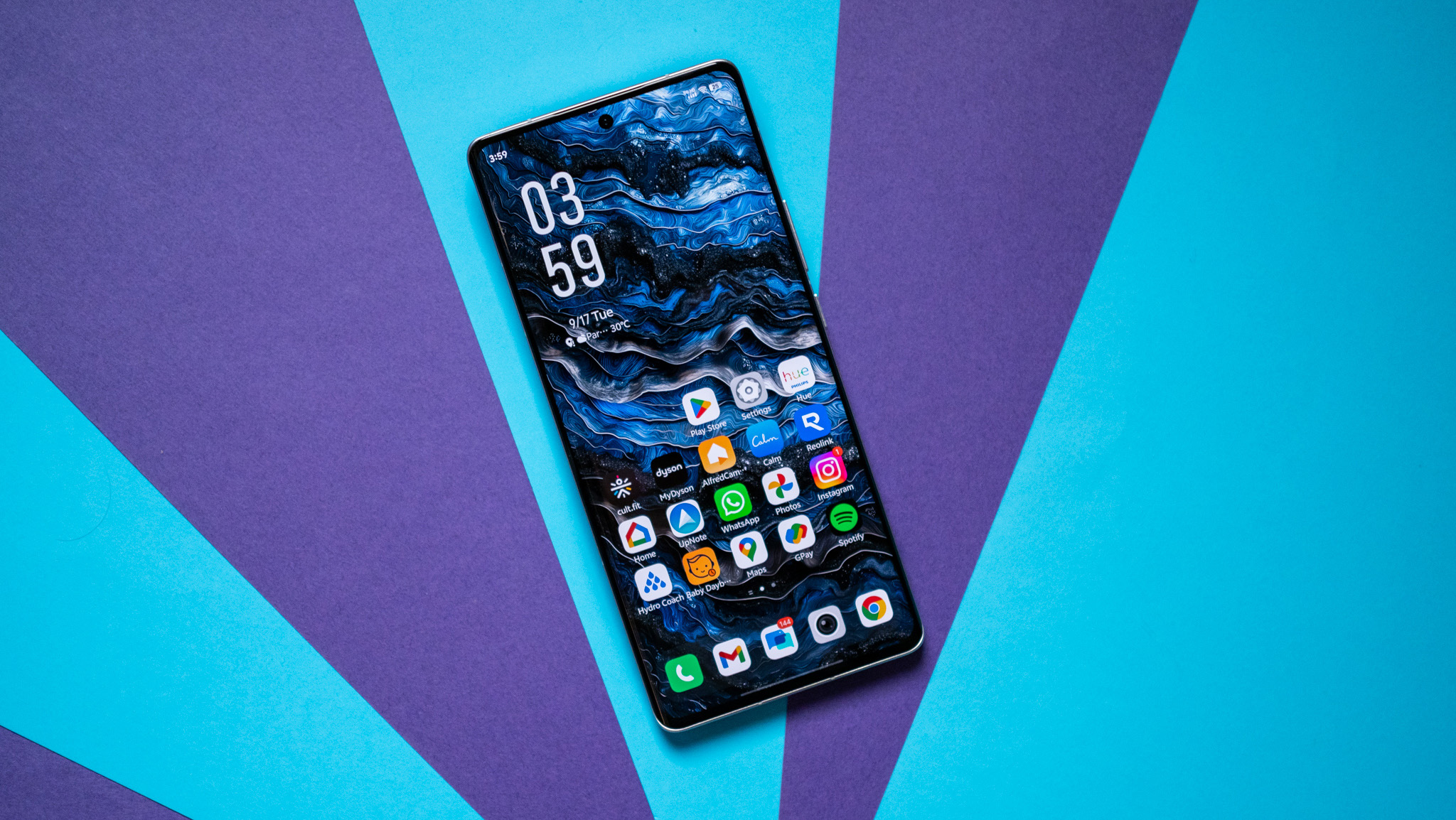
Vivo didn’t change the panel, and the X100 Ultra uses the same 6.78-inch LTPO OLED as the X100 Pro. The key difference is that you get increased resolution — 3200 x 1440 — but otherwise, it has the same 120Hz dynamic refresh, 1440Hz PWM dimming, and 3000-nit maximum brightness.
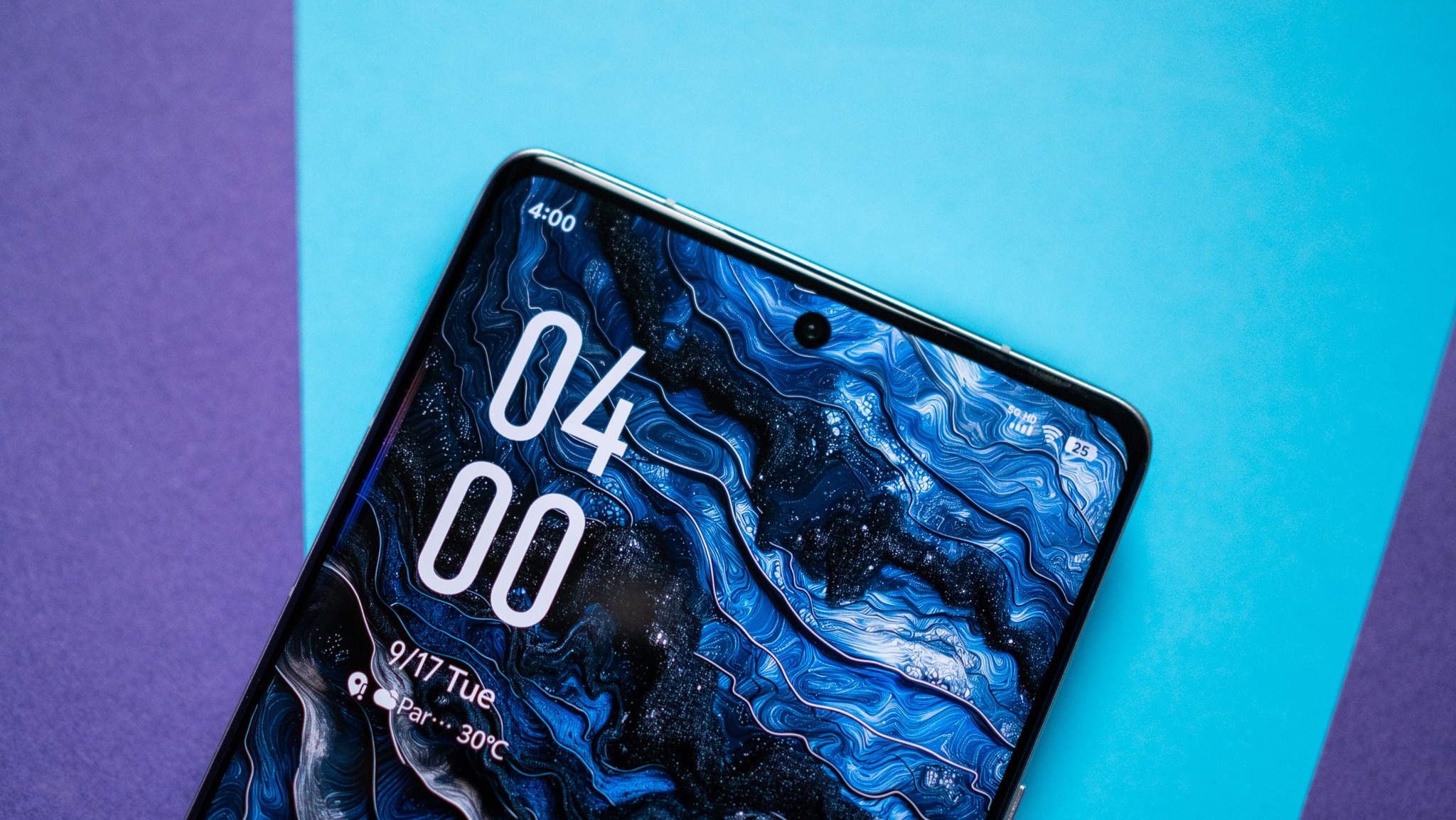
In real-world use, the X100 Ultra gets incredibly bright; in fact, only the Pixel 9 Pro XL gets brighter than the device in auto mode. There are absolutely no issues in this area, and the panel outshines its rivals with ease. It has Dolby Vision integration as well, and it does a great job with HDR content in general.
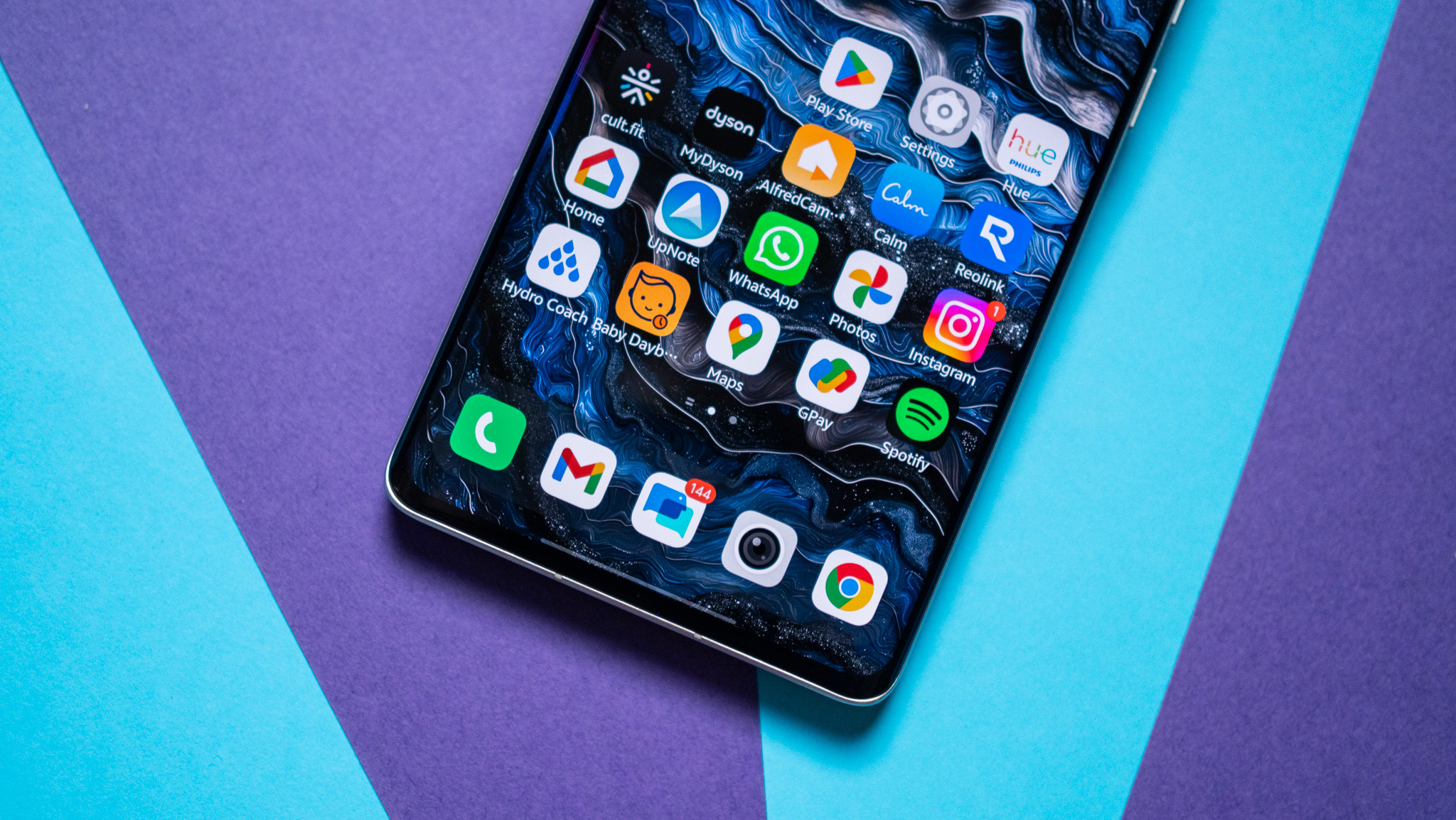
Colors are predictably vivid, and the subtle curves around the sides make it that much more immersive. I didn’t have any problems while streaming content or playing games, and if you need a vibrant OLED panel that gets bright and is highly customizable, the X100 Ultra is an easy recommendation. Vivo did a good job with the built-in sound as well, and it gets as loud as the Xiaomi 14 Ultra — no small feat.
Vivo X100 Ultra: Hardware
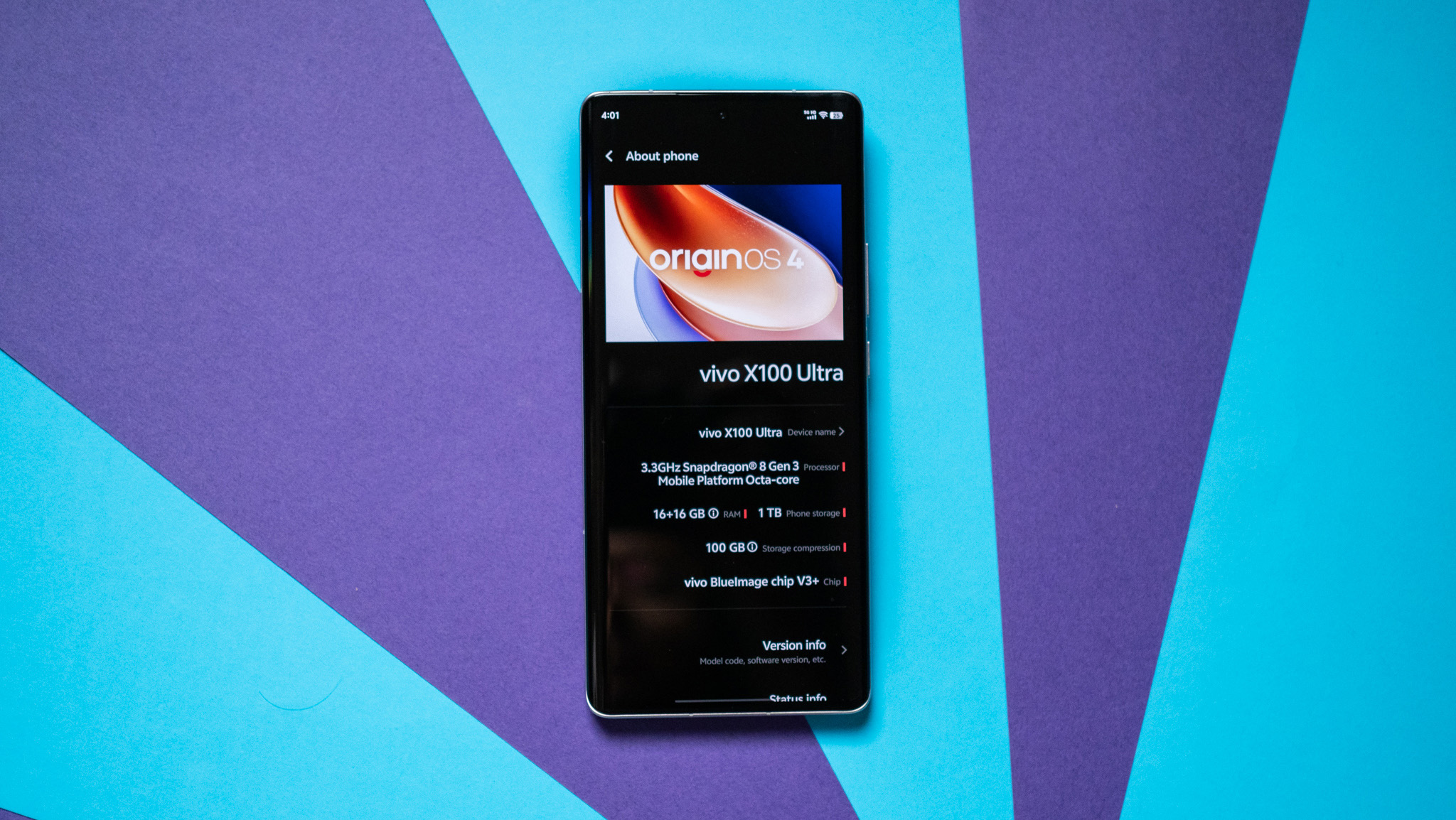
While Vivo went with Dimensity 9300 in the X100 series, the X100 Ultra uses the Snapdragon 8 Gen 3. The variant I’m using has 16GB of RAM and 1TB storage, and it is among the fastest devices I used this year. It is fluid in regular use, the interface is optimized to take advantage of the hardware, and there are no slowdowns.
It holds up incredible well at gaming as well, and there are no issues in demanding titles. The only problem is that it gets hotter than the Xiaomi 14 Ultra and the X100 Pro; I measured 44 degrees at the back of the unit after extended gaming sessions, and that’s on the higher end of the scale.
| Category | Xiaomi 14T Pro | Vivo X100 Ultra | Pixel 9 Pro XL |
|---|---|---|---|
| PCMark Work 3.0 (Overall) | 15337 | 14899 | 13028 |
| PCMark Work 3.0 (Web Browsing) | 17137 | 11497 | 10322 |
| PCMark Work 3.0 (Video Editing) | 6589 | 6278 | 7606 |
| PCMark Work 3.0 (Writing) | 16989 | 22368 | 15582 |
| PCMark Work 3.0 (Photo Editing) | 26225 | 32759 | 19293 |
| Geekbench 6 (single-core) | 16879 | 2174 | 1895 |
| Geekbench 6 (multi-core) | 6831 | 6375 | 4111 |
| 3DMark Wild Life Extreme (score) | NA | 4677 | 2483 |
| 3DMark Wild Life Extreme (FPS) | NA | 28.01 | 14.865 |
| 3DMark Solar Bay (score) | NA | 8278 | NA |
| 3DMark Solar Bay (FPS) | NA | 31.475 | NA |
In 3DMark’s Solar Bay stress test, the device went up to 57 degrees, and I had to set it aside as it became too hot. The stability score of 71% is average, but it’s clear that Vivo didn’t set any aggressive thermal limits on the device — as evidenced by the overheating.
I didn’t see any problems in other areas; the X100 Ultra delivered a strong cellular and Wi-Fi signal, Bluetooth connectivity was rock-solid, and you get the full suite of AptX codecs. I dislike ultrasonic fingerprint sensors as they tend to be slow and not as easy to use as the optical modules, but Vivo does a great job with these modules, and that’s no different on the X100 Ultra, with the device using Goodix’s latest solution. The recognition area is suitably large, and it is fast to authenticate.
Vivo X100 Ultra: Battery
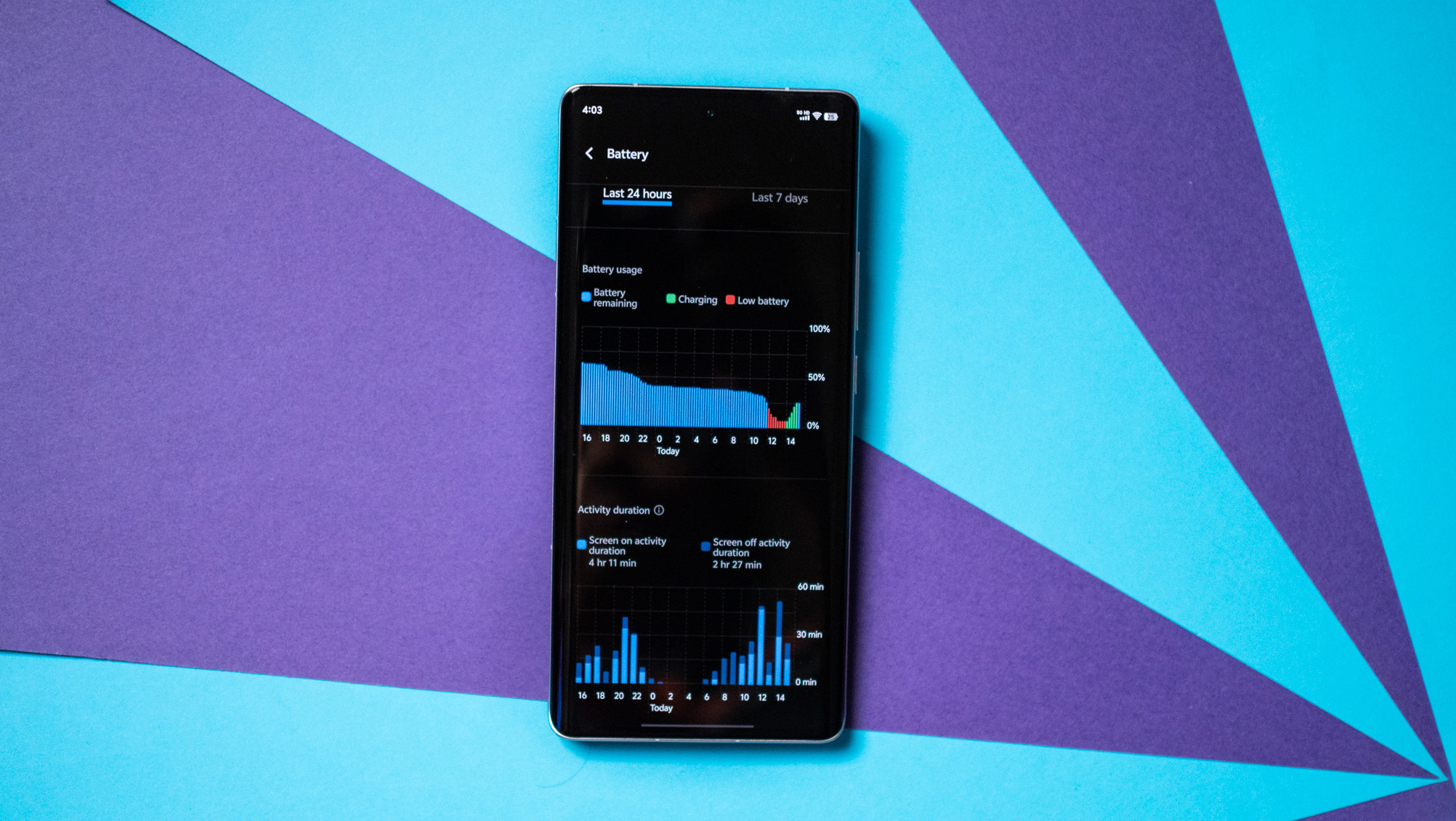
The X100 Ultra isn’t the fastest-charging phone I used this year by any margin, but it has incredible battery life, and just like the Honor Magic 6 Pro and Magic V3, it uses a silicon-carbon battery that increases density while ensuring the device isn’t bulky. The result is that you get a 5500mAh battery, and the phone lasts a day and a half between charges.
I usually get better battery life when using phones with Chinese skins; they have more aggressive memory management, and the same is true of the X100 Ultra as well. As there’s no global version of the phone, it comes with Vivo’s China-only software, and the battery lasts longer than the Find X7 Ultra, Xiaomi 14 Ultra, and the X100 Pro.
Charging takes just over 50 minutes via the bundled 80W charger, and while this is slower than what you get on the likes of the OnePlus 12, it is much better than the Galaxy S24 Ultra and Pixel 9 Pro XL.
Vivo X100 Ultra: Cameras
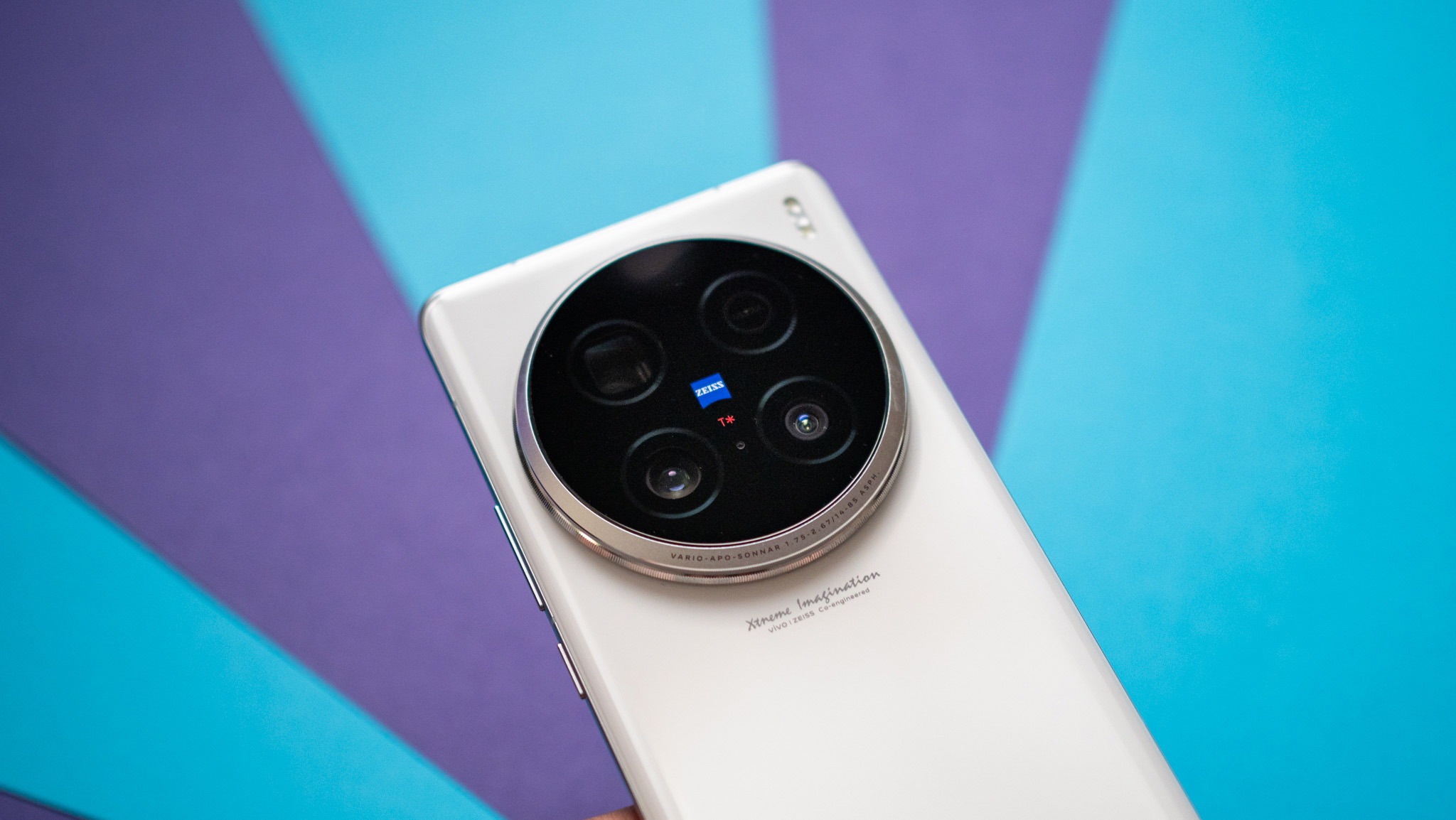
The main reason to consider the X100 Ultra is the cameras; Vivo already did a great job with the camera package on the X100 Pro, but the X100 Ultra takes things to a whole new level. The phone uses the same 50MP Sony Lytia LYT-900 main camera with the massive 1/0.98-inch module and 1.6um pixels, and it gets Vivo’s gimbal-based OIS.
It’s joined by a 50MP Sony Lytia LYT-600 f/2.2 wide-angle with a modest 116-degree FoV, and the star of the show is the 200MP Samsung HP9 telephoto, which uses a 1/1.4-inch lens, goes up to 3.7x optical zoom, and has OIS. You get a 50MP camera at the front, and it has autofocus and the ability to shoot 4K60 video. In fact, all four cameras can shoot 4K60 video, and you even get the ability to do so at 10x zoom.
Vivo has Dolby Vision video at 4K60 as well with the rear cameras, and the device does an excellent job in this area. You get good stabilization even at a high zoom level, and if you don’t need HDR video, you can go up to 4K120 and 8K30 on this device. Similar to Xiaomi with its Leica partnership, Vivo has a long-standing collaboration with Zeiss, and the X100 Ultra uses three styles — Vivid, Textured, and Natural. The Natural style adds vignetting and creates moody shots, so I went with the Vivid option.
The Lytia LYT-900 module is a known quantity by this point, and it delivers outstanding photos in any scenario. The X100 Ultra delivers the same caliber of shots as the X100 Pro in daylight situations, with great color rendition and white balance. Because of the switch to Qualcomm, you get minute differences in image quality, and I prefer the shots taken with the X100 Ultra over the Pro model.
The main camera takes the best low-light shots of any device, with excellent detail retrieval and minimal noise. Like the X100 Pro, the Ultra tends to deliver overly-bright images with vibrant colors, and while not necessarily accurate, the resultant shots look great when shared on social media. The wide-angle lens does a great job in this area as well, and while I don’t take as many wide-angle shots, I use this mode quite a lot with videos, and it is better than other phones I used this year.
But it’s the telephoto lens that’s been a revelation. It takes fabulous photos at up to 3.7x zoom, and you get usable shots at 10x — if anything, it does a better job than the Pixel 9 Pro XL and Galaxy S24 Ultra in this regard. Where it truly shines is with portrait shots; the X100 Ultra takes the best portrait shots of any phone, and what’s particularly great is that it does so across various focal lengths.
I thought the Find X7 Ultra would be unchallenged in this category, but the X100 Ultra consistently delivers better portrait shots, and it is in a league of its own — no other flagship has the same consistency or detail. You also get terrific macro shots, and while I don’t take many macros, it was fun to use the mode to shoot photos of artisan keys on my keyboards.
After taking thousands of photos and hundreds of videos, I can confidently say that the X100 Ultra is the best camera I used this year. It does a better job than the Pixel 9 Pro XL, Xiaomi 14 Ultra, Galaxy S24 Ultra, and the iPhone 16 Pro Max. Only the Find X7 Ultra comes close to the device, and it’s annoying that two of the best camera phones of 2024 are limited to China.
Vivo X100 Ultra: Software
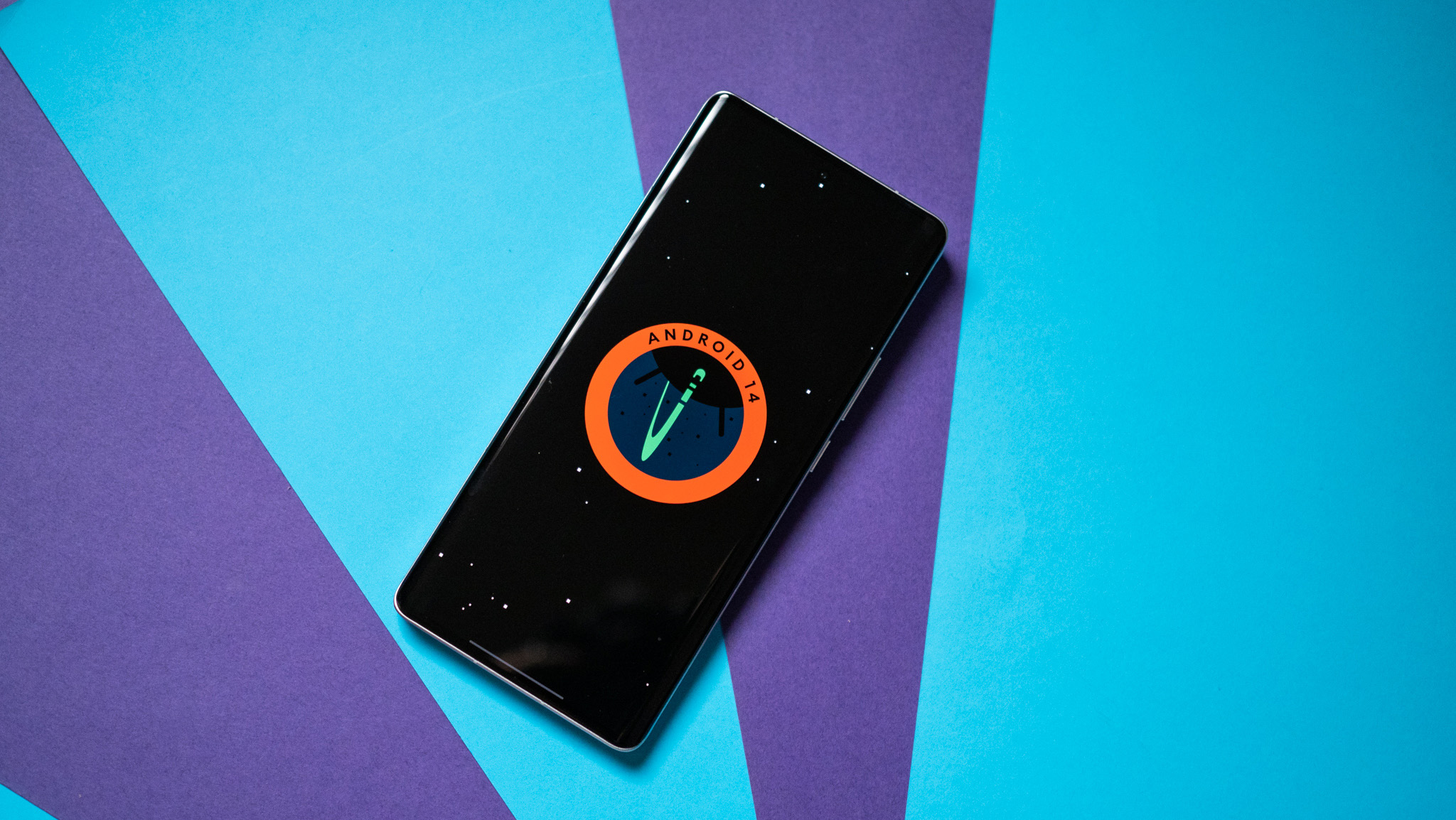
I used dozens of phones with Vivo’s Funtouch OS over the years, but the X100 Ultra comes with the brand’s Android 14-based OriginOS instead, which it uses exclusively in China. There’s quite a lot of differences between the two, and if anything, I think I prefer the OriginOS interface. It looks cleaner, and has an exhaustive feature-set.
The UI has better fluidity than Funtouch OS, and you get a great level of customizability. The notification pane is split into a Control Center and notification section, and there’s no way to switch to a unified pane. The overview menu allows you to stack horizontally or vertically — similar to MIUI — and the app grid is somehow wider.
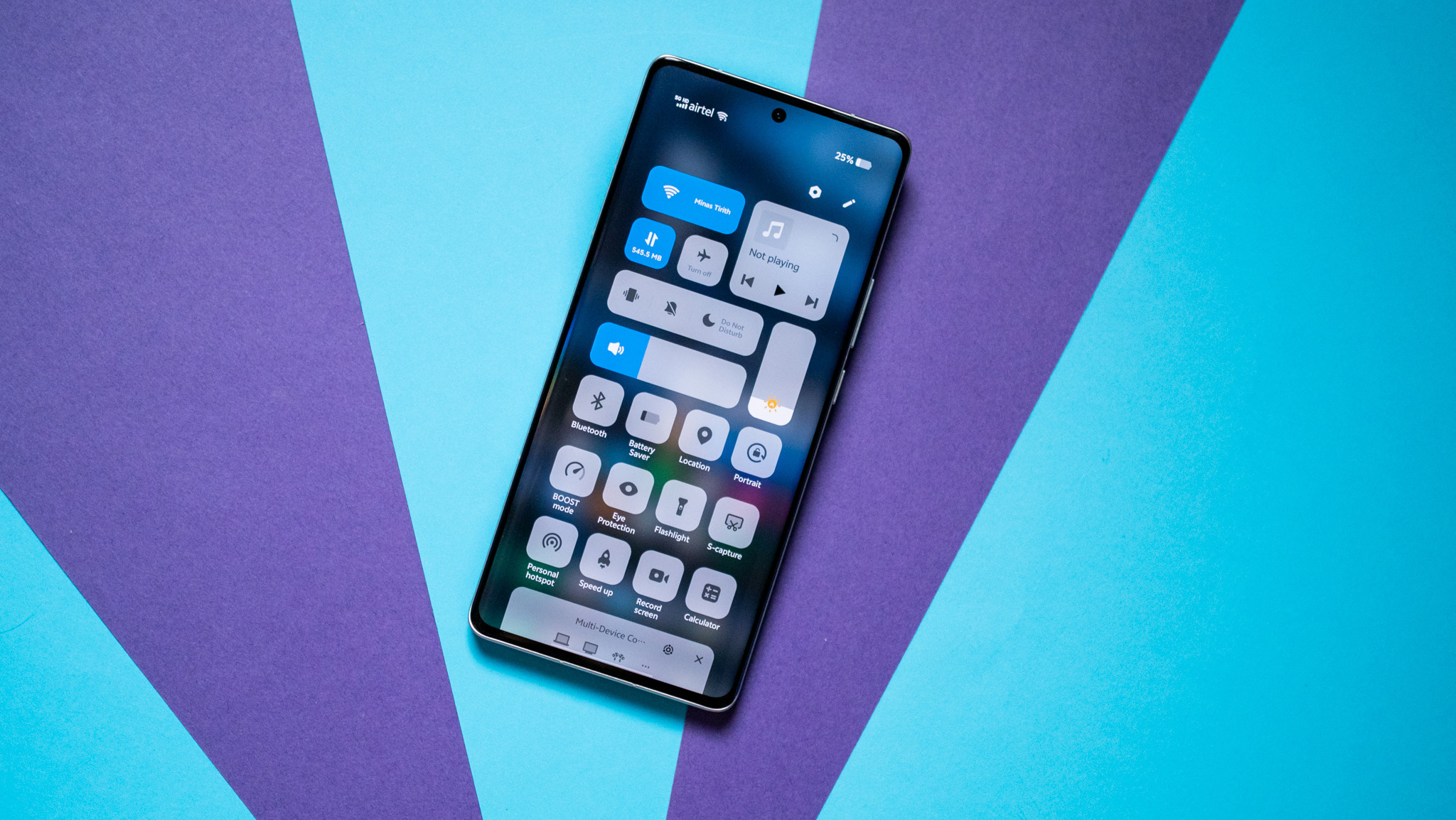
Like other Chinese-only devices, you don’t get Google Play Services out of the box, but that can be easily addressed. Vivo has its own app store, and you can install the Play Store from there and go into the phone’s settings to enable basic Google services. Doing so lets you sign in to the Play Store (you’ll get a server issue otherwise), and then you can easily install apps just like any other device.
While there aren’t many issues with OriginOS as a whole, notifications continue to be a problem. I guess this has something to do with the requisite Google hooks not being present, but all phones I use with Chinese skins have issues with notification management. I just don’t get most notifications, and I have to manually go into an app to see whatever notifications I missed.
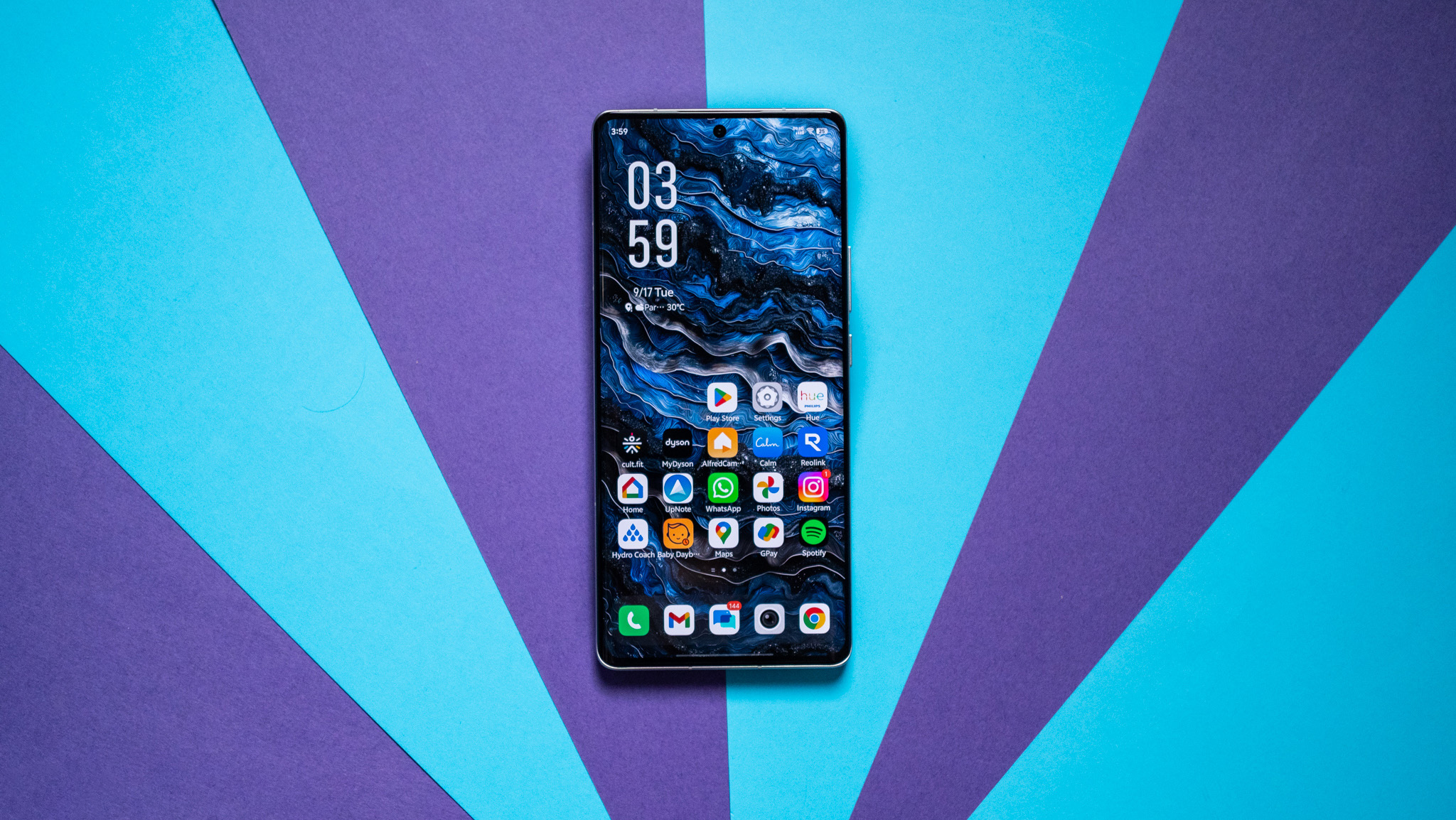
The X100 Ultra is also constrained in this area, and while it isn’t as limiting as the Find X7 Ultra, I had plenty of instances where video calls or even regular calls — when using Google’s Phone dialer — would trigger a notification. It got to a point where I had to switch to the bundled Vivo dialer so I wouldn’t miss phone calls, but WhatsApp calls were always an issue.
That said, changing background memory settings to unrestricted made a difference in this regard, and there was only the occasional video call that went awry. Other than that, using the phone is similar to the global build.
Vivo rolled out software updates consistently to the X100 Ultra (I counted four updates), and the device will pick up four Android OS updates along with six years of security patches. While that’s not as much as what Google and Samsung provide, it is adequate.
Vivo X100 Ultra: The alternatives
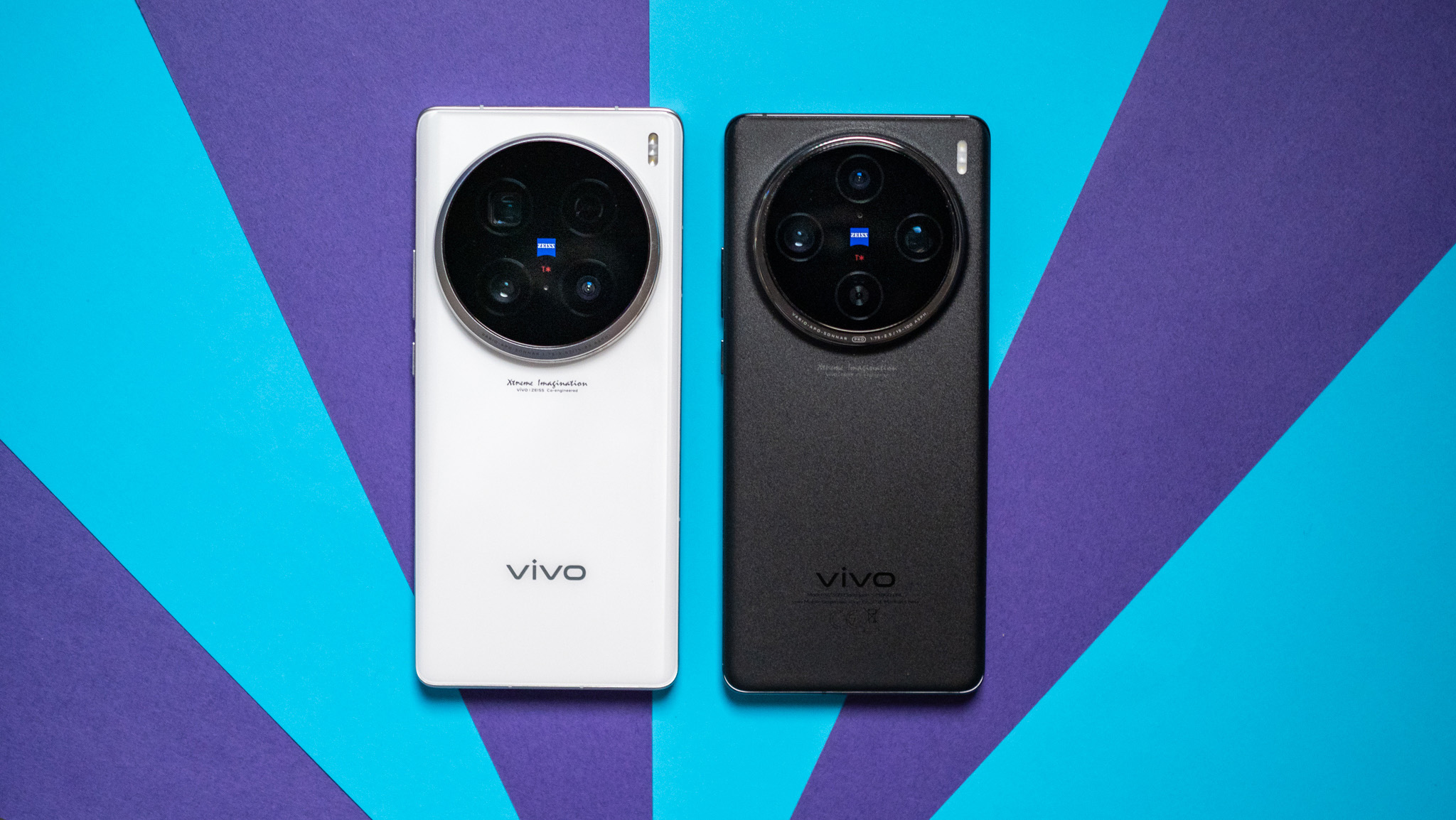
The standard X100 Pro is pretty great in its own right, and I recommend getting this instead of the X100 Ultra; it has terrific cameras, and takes great photos and videos in challenging situations. The design is nearly identical, and you get powerful hardware with a long-lasting battery. I used the X100 Pro alongside the X100 Ultra, and while the latter ultimately wins out on the camera front, the software hassle makes the X100 Pro the better choice globally.
The phone that comes closest to the X100 Ultra is its BBK sibling, the Find X7 Ultra, with that device also featuring a stunning design and outstanding cameras. Annoyingly, that device is also limited to China, and you can’t buy it outside the country.
The Xiaomi 14 Ultra is also good, and while its cameras are amazing, there are inconsistencies with the resultant photos and videos that’s making me reconsider my recommendation. This hasn’t been an issue in previous years, but the 14 Ultra just doesn’t have the same consistency as other devices in this category.
Vivo X100 Ultra: Should you buy it?
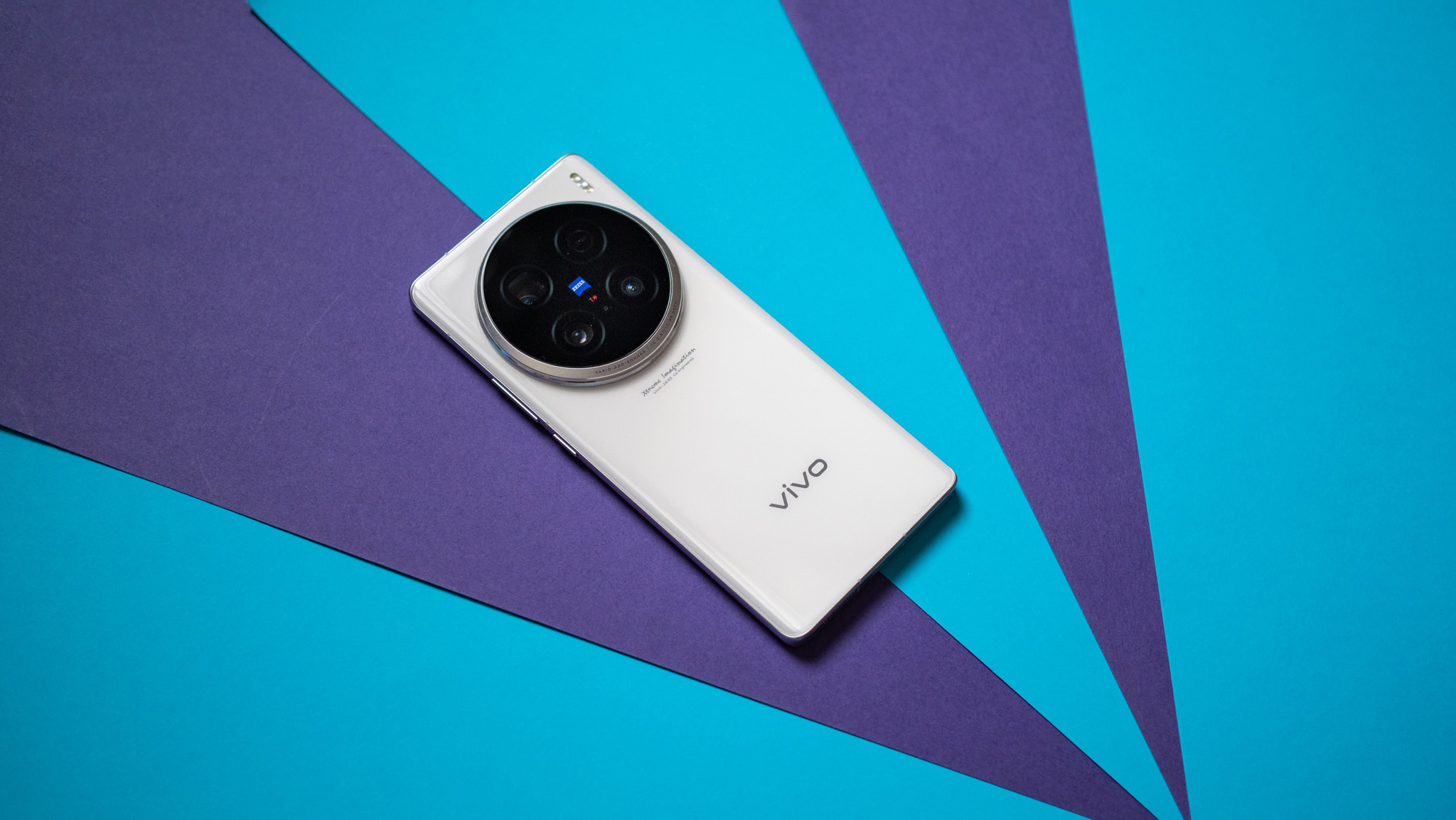
You should buy this if:
- You need the phone with the best cameras
- You want the best hardware currently available
- You need excellent battery life and reliable charging
- You want a vibrant OLED that’s among the brightest around
You shouldn’t buy this if:
- You want hassle-free software
- You need a phone with Google services pre-installed
If I had to pick just one device as the best phone of 2024, it would be the X100 Ultra — Vivo did a fantastic job overall. The phone has a great design, one of the brightest OLED panels available today, and top-notch hardware. Battery life is among the best of any phone around, and 80W charging is reliable.
Where the X100 Ultra has an edge over other flagships is the cameras. The main camera is identical to what you get on the Xiaomi 14 Ultra, Find X7 Ultra, and the X100 Pro, but the resultant images are marginally better thanks to Vivo’s tuning efforts. The portrait camera is the best around, and there isn’t another phone today that matches the X100 Ultra in this regard.
While that’s great, the biggest limitation with the X100 Ultra is that it isn’t available globally. Vivo needs to change its strategy in 2025 and bring the Ultra model to global markets — it’s too good to be sold in just one country.





